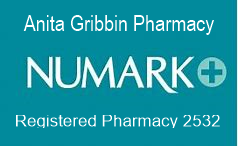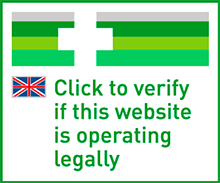Headlice
While they aren’t dangerous and don’t spread disease, head lice are highly contagious and can spread quickly from person to person, particularly in group settings such as schools. That’s because kids, in particular, are inclined to be in close physical contact - putting their heads together, for example – and sharing personal items.
Head lice can look like dandruff but, as they are firmly glued to the hair, they can’t be shaken off. When it comes to head lice, the first thing you can comfort yourself with is the fact that they’re not a sign that your child’s hair is dirty. The main problem with head lice – as any parent, who has experienced them, will tell you – is that they are very difficult to get rid of.
What they look like
There are three forms of lice: nits, nymphs and adults.
‘Nits’ are head lice eggs, which are particularly hard to see, and which are often confused with dandruff or hair spray droplets. Yellow, tan or brown in colour, nits are found firmly attached to the hair shaft and are laid by the lice close to the skin’s surface, so that the temperature is perfect for keeping them warm until they hatch. Unless the infestation is a heavy one, it’s more common to see nits in your child’s hair than it is to see live lice on the scalp.
‘Nymphs’ is the name given to the baby lice once the nits hatch. Nymphs look like adult head lice, but they’re smaller in size. They usually mature into adults about seven days after hatching and feed on blood.
‘Adults’ are about the size of a sesame seed and are greyish-white or tan in colour. The adult lice survive by feeding on blood several times a day, but can survive up to two days off the scalp.
Symptoms of head lice
Fortunately, it’s not hard to tell if your child has head lice. Quite often, you can see one moving across your child’s hair or on their scalp.
You may also see your child itching and scratching their head, but the itching may not always start right away and it can actually take weeks for the scratching to start.
Other signs include:
- Finding black specks like pepper on your child’s pillow or collar
- A rash on their scalp
Treatment
Our pharmacists at Toome Pharmacy are fully trained to detect and treat head lice.
Treatment is recommended only if a live louse is found and at least two treatment sessions are required.
Our pharmacists can prescribe Dimeticone lotion and Malathion aqueous liquid, both of which are applied to dry hair so that your child’s scalp and roots are saturated. The lotion is then worked into the hair spreading evenly from roots to tips.
After two or three days of treatment, you can comb your child’s to detect if any louse eggs have survived.
Another treatment option that we recommend is the Bug Busting Kit. This kit contains unique combs that will help you to detect and remove lice and nits: the Bug Buster eliminates head lice, even removing baby lice; two mini Bug Busters, which are specially designed for young heads; the Nit Buster, which removes unsightly eggs and egg shells, and a wide-tooth comb, which untangles and straightens the hair.
The Bug Busting Kit works with your usual shampoo and conditioner and you will only require one re-usable kit for the whole family.
Four combing sessions, spaced evenly over two weeks, will eradicate an infestation.
The Bug Busting Kit, Dimeticone lotion and Malathion aqueous liquid is free of charge under the Minor Ailment scheme.
NB: It’s vitally important that all family members’ hair is checked at the same time!
If you require a consultation with one of our pharmacists with regard to your child’s head lice, simply call into the pharmacy or call us today and book a consultation



